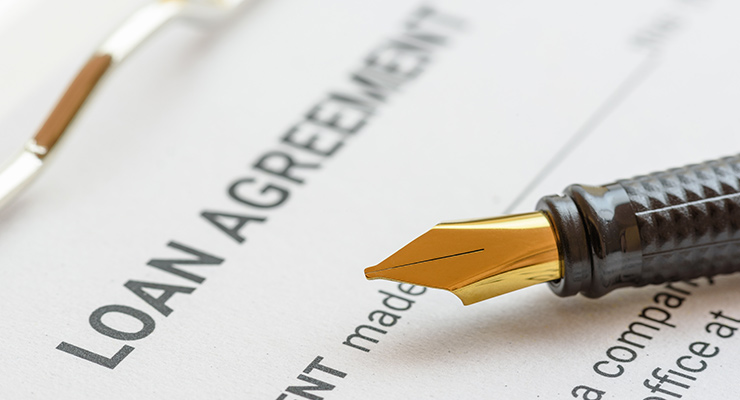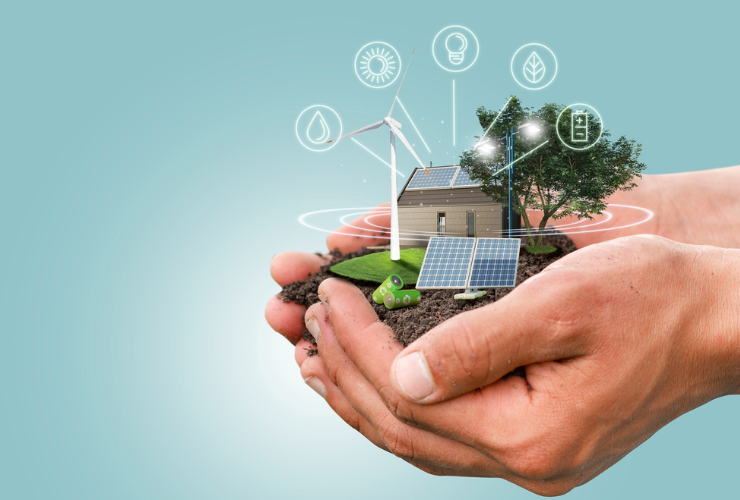Fast read
Yes, home batteries absolutely qualify for a range of financial incentives in Australia, making them more affordable than ever. As of mid-2025, this includes government grants and rebates—most notably the new federal Cheaper Home Batteries Program—as well as specialised low-interest green loans from many banks and lenders. These programs are designed to lower the upfront cost, helping you save on power bills sooner.
Do batteries qualify for green home loans or sustainability grants?
Navigating the world of renewable energy incentives can feel complex, but the good news for Australian homeowners is that adding a battery to your solar system is strongly supported. Whether through direct government rebates that reduce the purchase price or through favourable loan conditions, there are powerful tools available to make your energy storage goals a reality.
Understanding these options is the first step to unlocking significant savings and securing your home’s energy independence.
What are green loans and sustainability grants?
It’s helpful to understand the two main types of financial support available: grants and loans.
A sustainability grant or rebate is a financial incentive, usually from a government body, that you don’t have to pay back. It directly reduces the upfront cost of your battery system. For example, a rebate might slash a few thousand dollars off the quoted price from your installer.
A green loan is a specific type of financing product offered by banks and other lenders for sustainable purposes, like installing solar and batteries. These loans often feature more attractive terms than a standard personal loan, such as lower interest rates or zero fees, making it cheaper to borrow the funds for your clean energy upgrade. Some are secured personal loans, while others are integrated into a home mortgage as a “top-up”.
The biggest incentive: The Federal Cheaper Home Batteries Program
Starting from 1 July 2025, the Australian Government’s Cheaper Home Batteries Program is set to be a game-changer. This federal initiative is designed to provide a significant upfront discount on the cost of installing an eligible home battery.
The program is expected to reduce the purchase and installation cost by around 30%. In 2025, the rebate is valued at approximately $330-$335 per kilowatt-hour (kWh) of the battery’s usable capacity after administrative costs are factored in. For a common 10kWh battery system, this translates to a discount of around $3,300.
To be eligible, your battery system generally needs to meet a few key criteria:
- Capacity: Must have a nominal capacity between 5kWh and 100kWh, with the rebate applying to the first 50kWh of usable capacity.
- Compatibility: Must be paired with a new or existing solar PV system.
- VPP-Ready: The battery must be capable of connecting to a Virtual Power Plant (VPP), even if you don’t join one immediately.
- Approved Products: The components, including the battery and inverter, must be on the Clean Energy Council’s (CEC) approved products list.
- Accredited Installer: The system must be installed by a Solar Accreditation Australia (SAA) accredited professional.
This federal rebate is a powerful tool for all Australians, and it can often be combined with other state-based grants or loans.
Are there state-based grants or loans for batteries?
Yes, several states and territories offer their own programs, which can sometimes be stacked with the federal rebate to maximise savings. It’s crucial to check the specific rules in your location as they can change.
- Western Australia: The WA Residential Battery Scheme, also starting around 1 July 2025, offers a state-based rebate that complements the federal program. The combined rebates could be up to $5,000 for Synergy customers and $7,500 for Horizon Power customers for a 10kWh system. WA is also offering no-interest loans of up to $10,000 for eligible households to help cover the remaining cost.
- New South Wales: The state’s direct battery installation rebate under the Peak Demand Reduction Scheme is ending on 30 June 2025 and cannot be combined with the new federal program. From 1 July 2025, NSW will instead offer a boosted incentive for connecting a battery to a Virtual Power Plant (VPP), which is stackable with the federal rebate. This VPP incentive could be around $550 for a 10kWh system and up to $1,500 for larger systems.
- Australian Capital Territory: The Sustainable Household Scheme provides interest-free loans of up to $15,000 for a range of energy-efficient upgrades, including home batteries. The loan is repayable over 10 years, making it highly accessible.
It’s important to note that the Solar Victoria interest-free battery loan scheme closed to new applications in late May 2025, as its funding targets were met ahead of the federal program’s commencement.
How do green loans from banks work for batteries?
Beyond government schemes, the private finance market has enthusiastically embraced renewables. Many Australian banks and dedicated green lenders now offer specific loans for solar and battery installations.
Lenders like Commonwealth Bank, RACQ Bank, Bank Australia and many others have “green loan” products. These are designed to be more appealing than standard financing and typically offer:
- Low-interest rates: Often significantly lower than a typical personal loan.
- No or low fees: Many have no establishment fees or ongoing account-keeping fees.
- Flexible terms: Repayment periods can range from a few years up to 10, depending on the lender and loan amount.
For example, a bank might offer a green loan top-up on your existing mortgage, allowing you to borrow up to $30,000 or more with a very competitive interest rate to install a high-efficiency solar and battery system. To qualify, you generally need to be an Australian resident over 18, meet the lender’s credit criteria, and use the funds for an approved green purpose, like a CEC-approved battery.
Questions to ask your installer and lender
To make a confident decision, it pays to be prepared. When you get quotes for a battery system, ask your installer:
- Are you a Solar Accreditation Australia (SAA) accredited installer?
- Are the battery and inverter models on the Clean Energy Council’s (CEC) approved products list?
- Can you apply for the federal rebate on my behalf and show it as an upfront discount on the quote?
- Are you aware of any specific state-based rebates or VPP incentives I am eligible for?
When speaking to a bank or lender about a green loan, ask:
- What is the interest rate and comparison rate, and are there any upfront or ongoing fees?
- What are the loan terms and repayment options?
- Are there any penalties for making extra repayments or paying the loan off early?
- What documentation do I need to provide to prove the funds are for an eligible battery system?
Your next steps
Investing in a home battery is a significant decision, but the financial support available in 2025 makes it more achievable than ever before. By combining a federal rebate, a potential state incentive, and a low-interest green loan, you can dramatically reduce the upfront financial barrier.
Start by getting quotes from accredited installers who can advise on the best system for your home and the specific rebates you qualify for. If you need help navigating your options or finding trusted local professionals, Your Energy Answers provides independent advice to empower your renewable energy journey.





